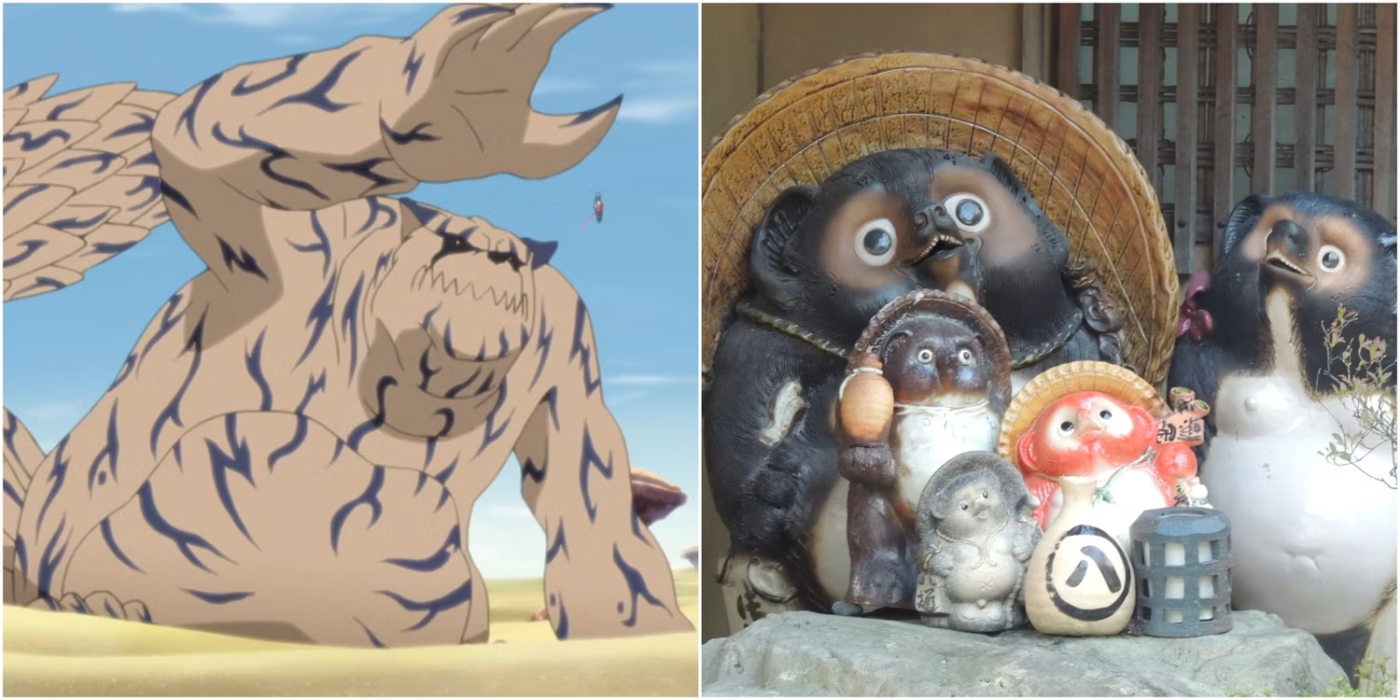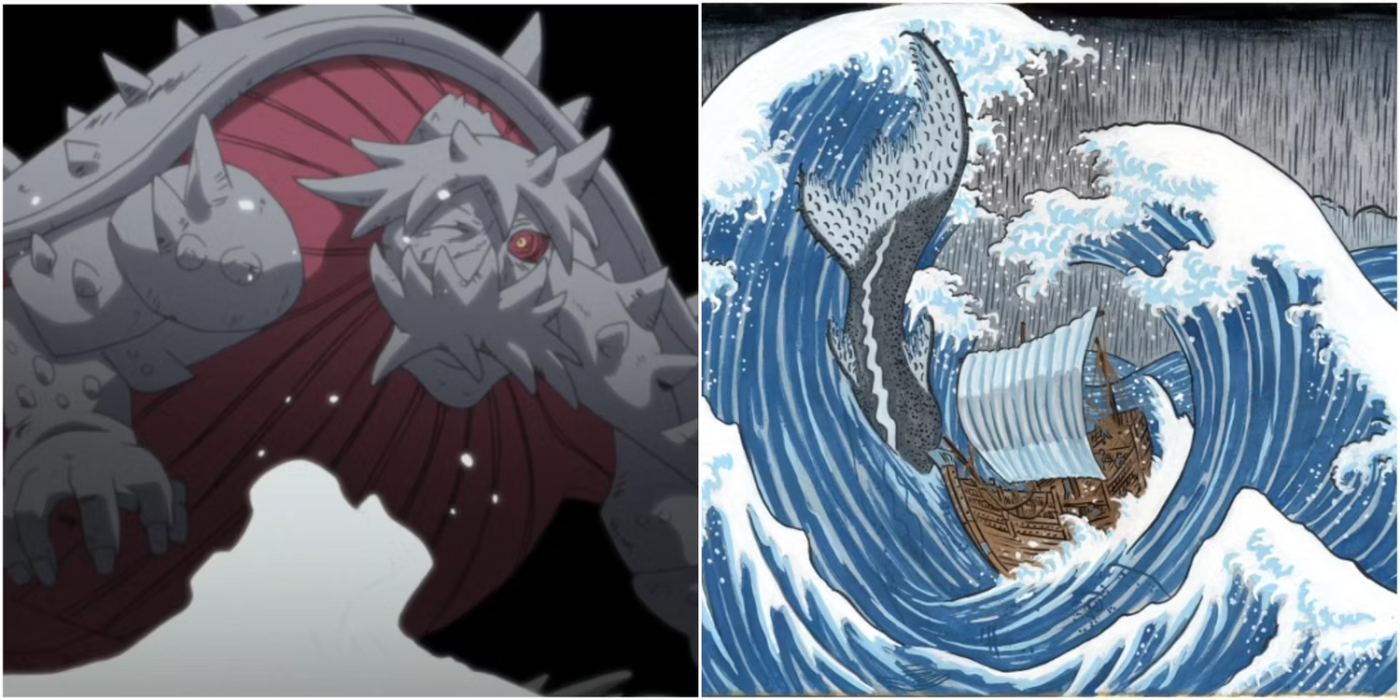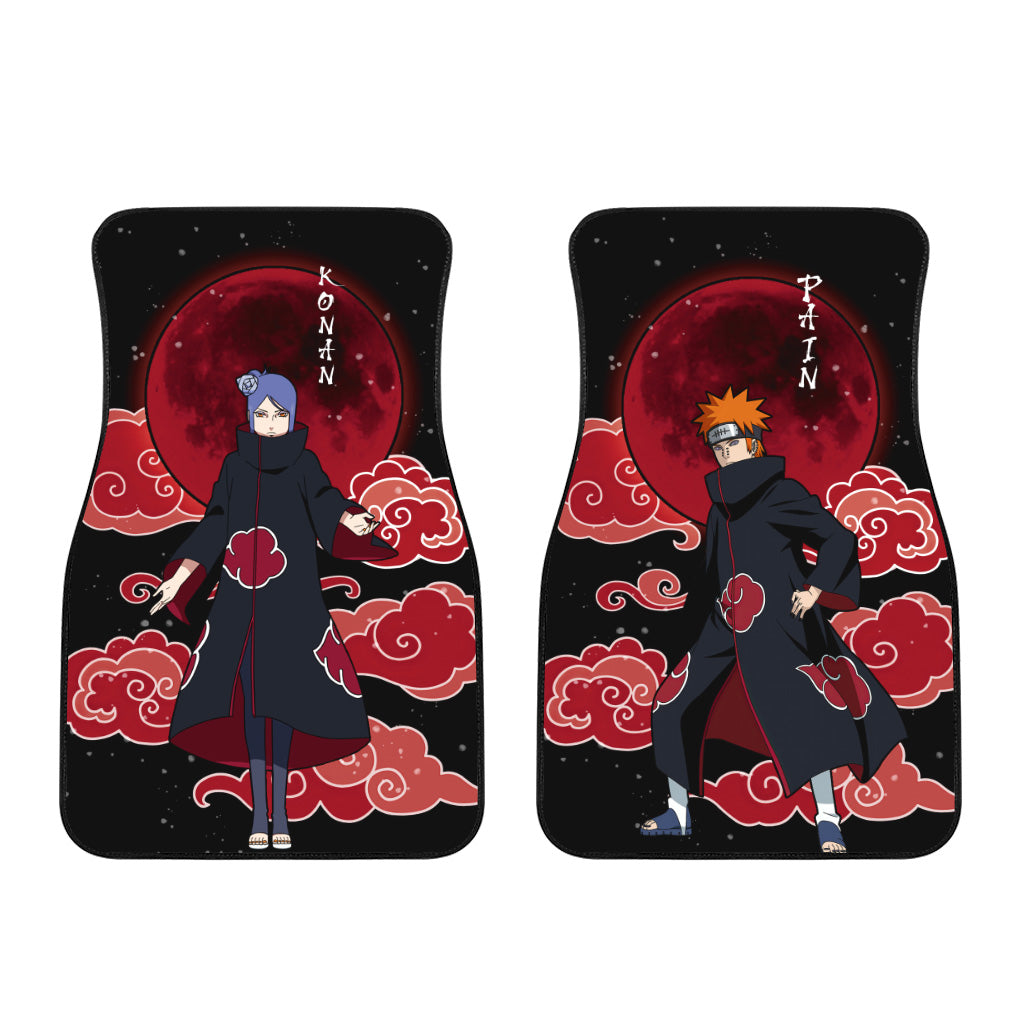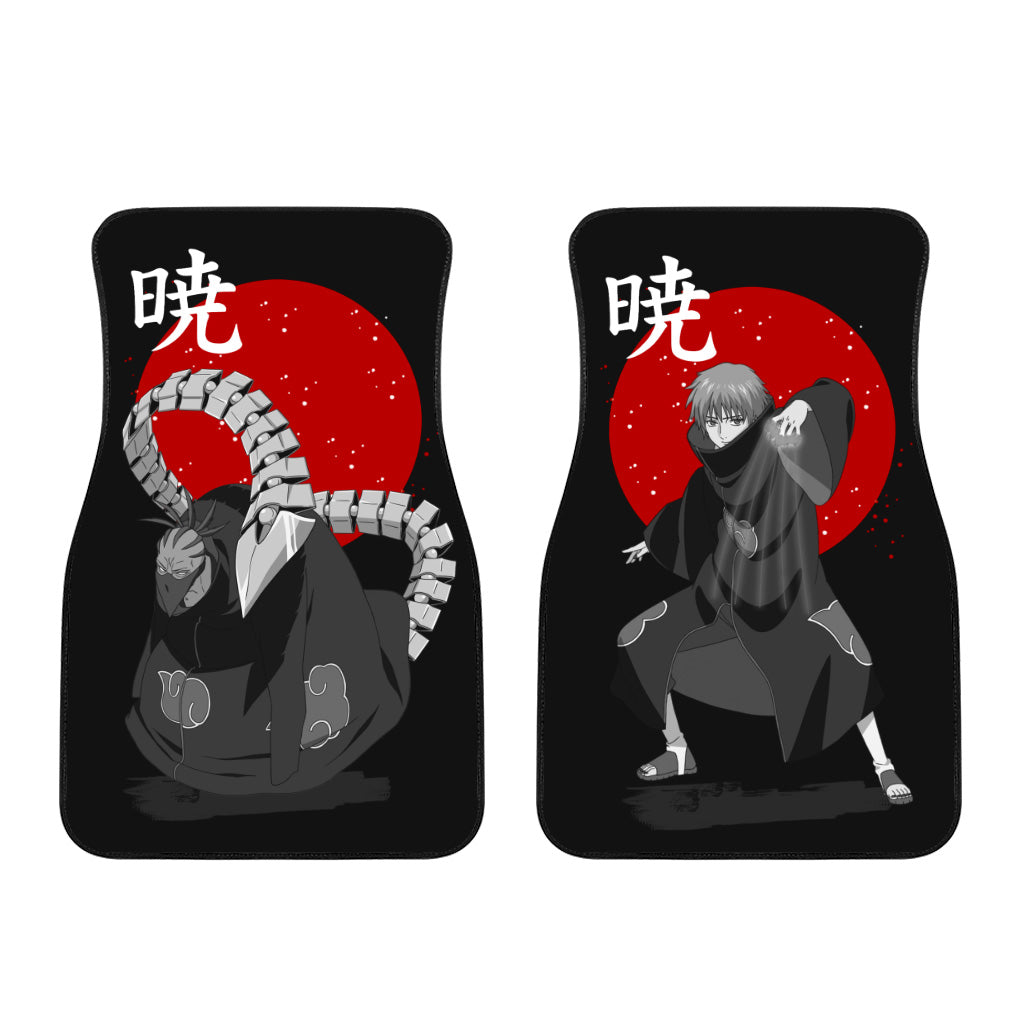“The Mythological Inspirations Behind Naruto’s Tailed Beasts”
Naruto draws extensively from East Asian mythologies, and the Tailed Beasts are no exception. These powerful entities in the Naruto series are directly influenced by Japanese and Chinese mythos, adding depth and significance to their characters.
Each Tailed Beast represents a specific mythological being, showcasing the author’s attention to detail and creativity. From Shukaku, based on the supernatural Bake-Danuki of Japanese folklore, to Kurama, inspired by the wise and mystical Kitsune, each Tailed Beast embodies a unique mythological reference.

Not all the Tailed Beasts are easy to decipher, with some drawing from more obscure mythological creatures. Matatabi, for example, takes inspiration from the Japanese Yokai known as Nekomata, a forked cat demon with shapeshifting abilities.
Isobu, the Three-Tails, combines elements from various mythological beings, including spirit turtles and sea spirits like Umibozu. Its design showcases the rich tapestry of Japanese folklore.

Son Goku, the Four-Tails, is a direct reference to the legendary Monkey King from the Chinese novel “Journey to the West.” This iconic character has influenced numerous adaptations in both Chinese and Japanese media.

Kokuo, the Five-Tails, draws inspiration from the horse demon Sagari and the ghostly whale Bake Kujira. Its name, meaning “respectful king,” alludes to the legendary Chinese King Mu of Zhou.
Saiken, the Six-Tails, finds its roots in Chinese folklore and the snail-like demon known as Sazae-Oni. These shape-shifting creatures share similarities with Saiken’s abilities.
Chomei, the Seven-Tails, takes the form of a rhinoceros beetle, while its name references Kamo no Chomei, a 12th-century Japanese poet known for his works on nature and seclusion.
Gyuki, the Eight-Tails, is directly derived from the Yokai Ushi-Oni, a massive sea monster. Its appearance combines the features of an ox and an octopus, capturing the essence of this mythical creature.
Finally, Kuruma, the Nine-Tails, is rooted in Japanese Yokai folklore, specifically the Kitsune, a fox demon associated with wisdom and knowledge. The name Kuruma also pays homage to a mountain in Japan known for its connection to Tengu, crow-like mythical beings.

Through these mythological inspirations, the Tailed Beasts in Naruto become more than just powerful entities; they become vessels of cultural richness and narrative depth, adding another layer to the beloved anime series.
We bring out some of the most well-known Naruto collection, all of which are available at reasonable costs. Visit our link now if you are interested in the Naruto collection


Mito, Tsunade, Orochimaru, Pain, Jiraiya, Danzo

